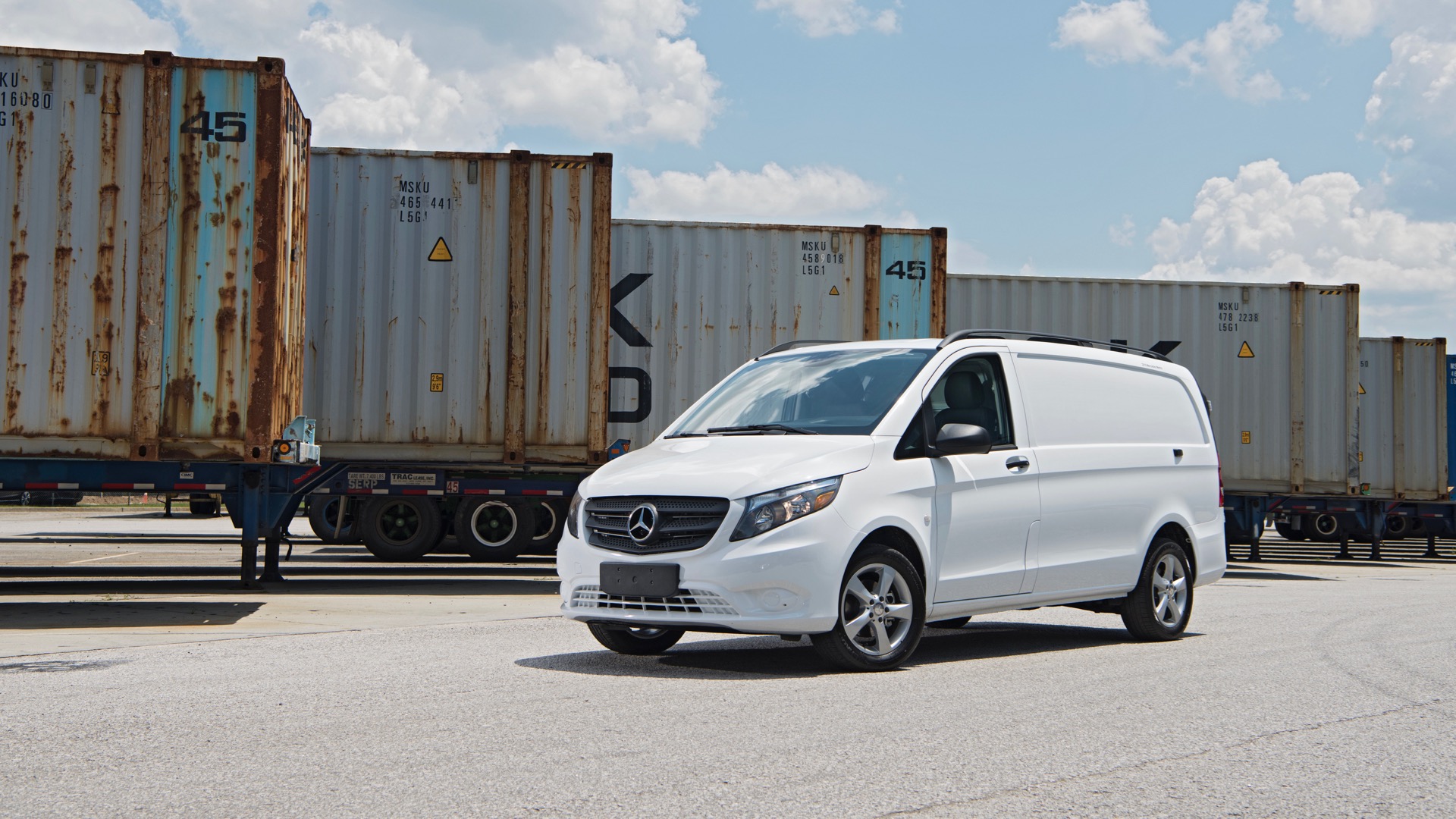

Mercedes-Benz is experimenting with an in-vehicle delivery service where items are left in the back of a vehicle rather than in a mailbox or on a doorstep. However, rather than aiming the service at individual consumers with passenger cars, Mercedes is targeting fleet operators and commercial vans.
A Bluetooth connection allows delivery people to access a van without a key, and GPS lets them locate the vehicle even if it isn’t parked in its normal spot. This is conceptually similar to in-car delivery services tested by other automakers. Amazon launched in-car delivery in the United States last year, working with General Motors and Volvo. Prior to that, Volvo ran a pilot program in its home country of Sweden, in concert with local startup Urb-it.
In-car delivery is typically pitched as a more convenient option for individual consumers. It eliminates the need to wait by the door in order to sign for packages, as well as the possibility that said packages will be stolen while sitting unattended on a front porch. That said, Mercedes has a different use in mind.
Vans are big business for Mercedes, and the automaker believes its fleet customers will find in-vehicle delivery useful. If, for example, your local cable company needs to send a technician over to fix a problem, the company could have the necessary parts and tools that technician might need to be placed in the van ahead of time. This could save time normally spent driving around to pick up items, according to Mercedes.
The technology that enables in-vehicle delivery can also blur the line between private and shared vehicles. Mercedes has also discussed a system that will allow owners to grant others temporary access to their cars, using smartphones as keys. That could turn just about any privately owned car into a car-sharing vehicle, allowing more people than just the owner to use it. An owner could give access to friends or family, or just rent the car out to other people when they aren’t using it.